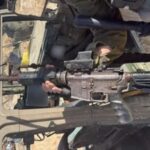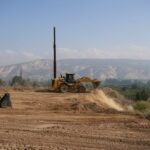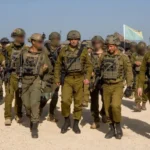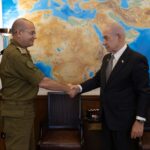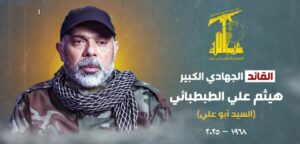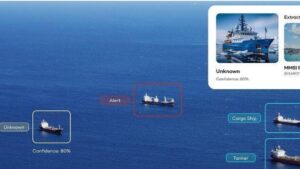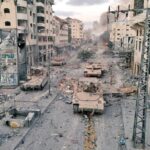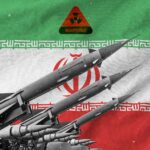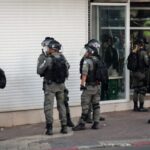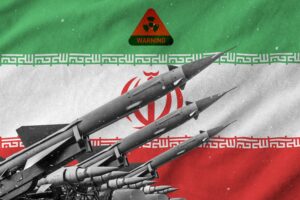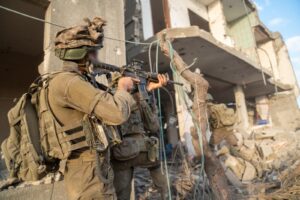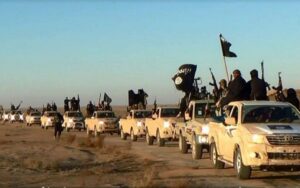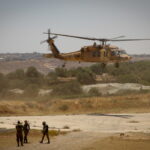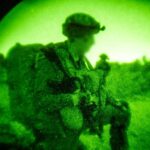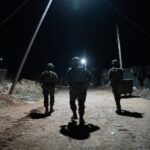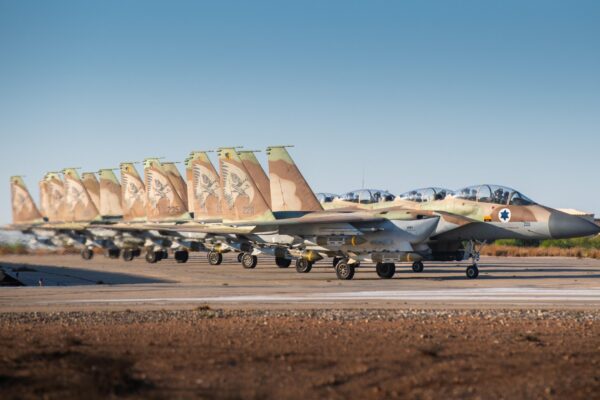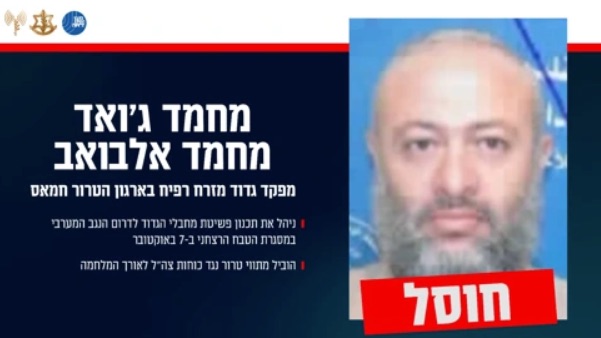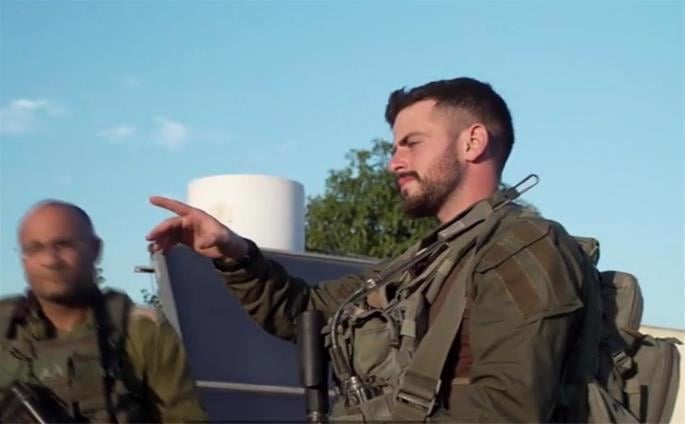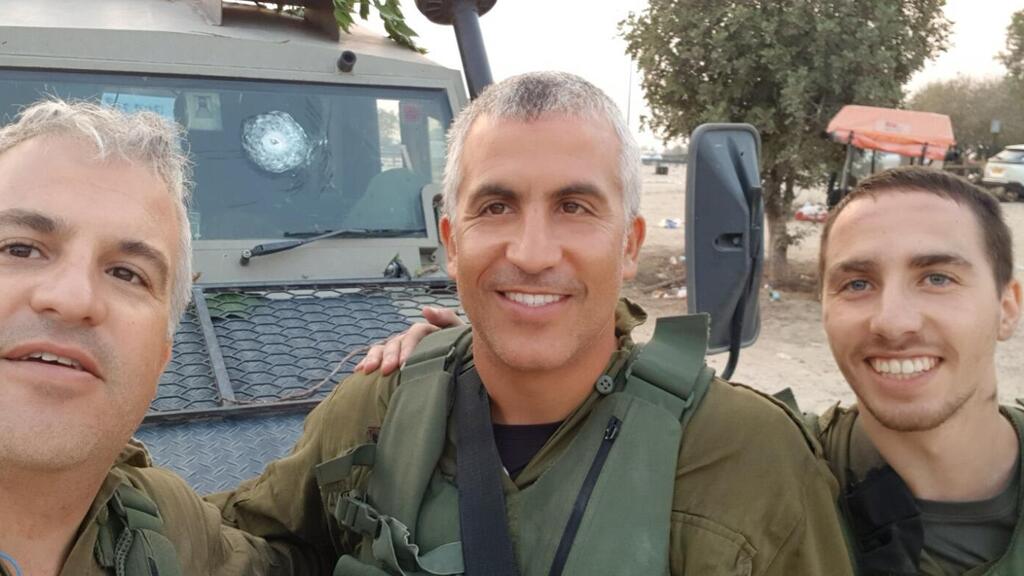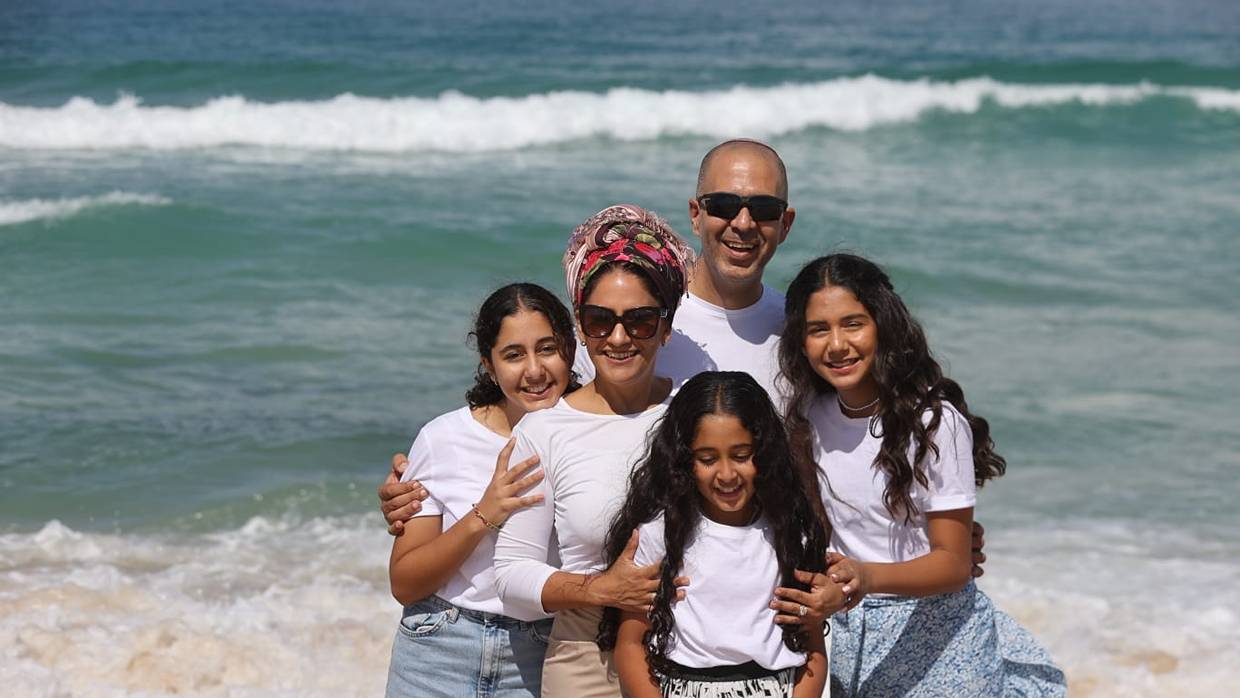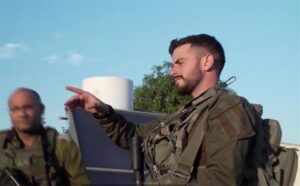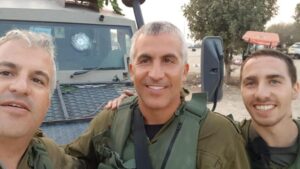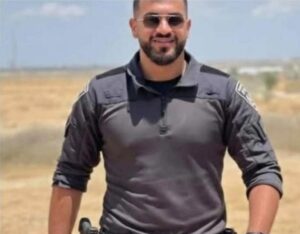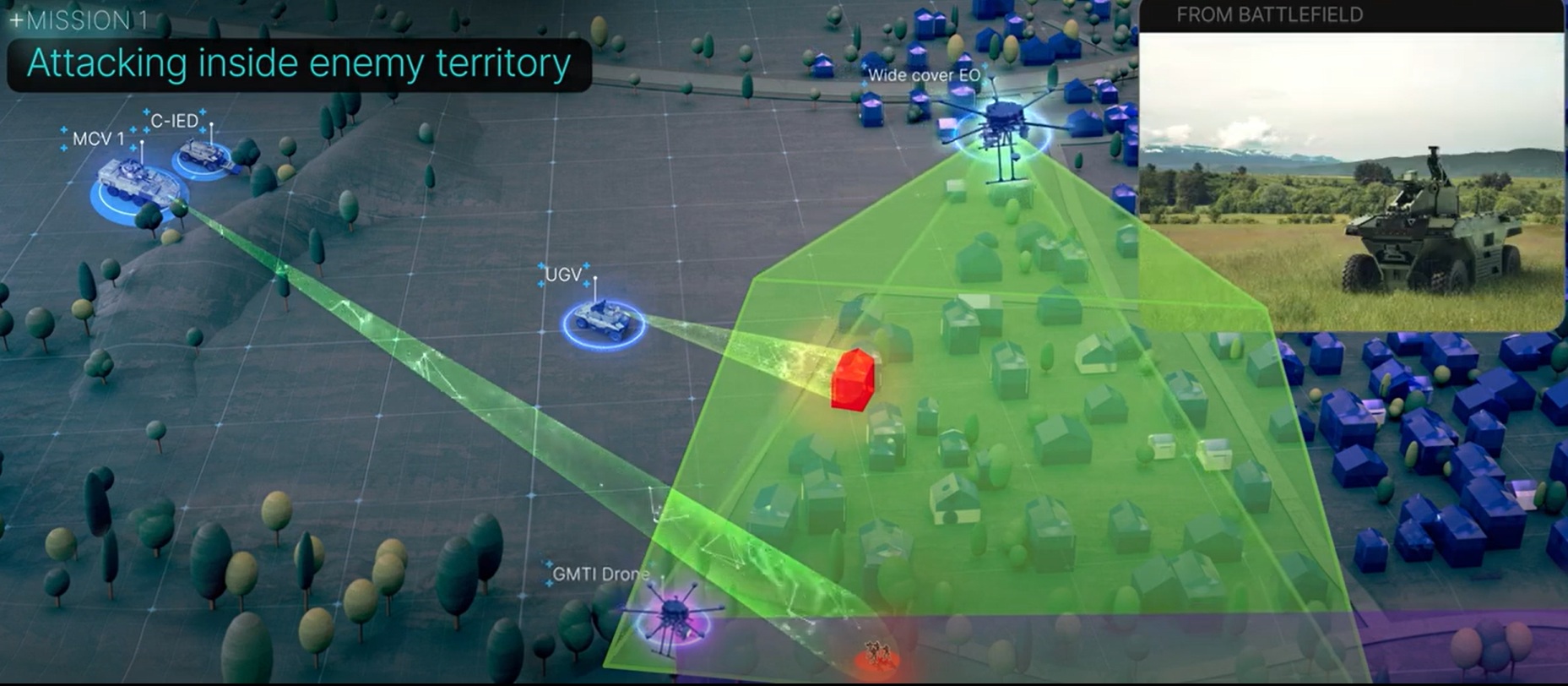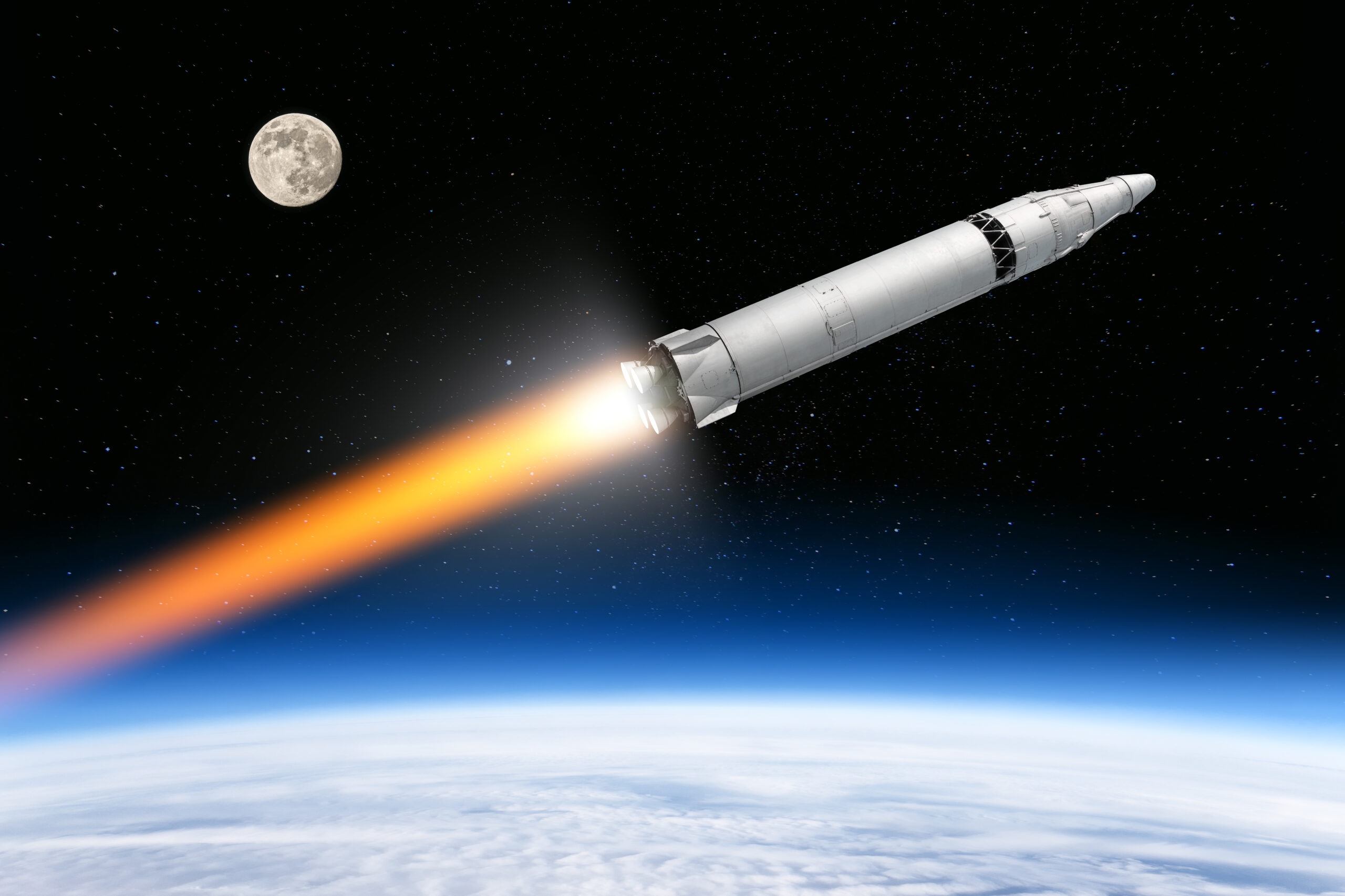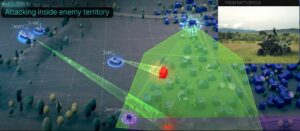By Hezy Laing
In November 2025, the IDF intensified preparations along the northern frontier amid growing fears of a Hezbollah attack.
The deployment of combat helicopters, including Apache and Cobra squadrons, to bases near Safed and Ramat David was only one element of a broader defensive posture ordered by Defense Minister Israel Katz and Chief of Staff Lt. Gen. Eyal Zamir.
Intelligence assessments from Unit 8200 and the Shin Bet warned that Hezbollah has been increasing activity in southern Lebanon, rebuilding military infrastructure, and rehearsing cross‑border raids aimed at northern Israeli communities.
The IDF Northern Command has publicly warned that it will not allow Hezbollah to reorganize along the border, signaling readiness for a larger operation if activity continues.
As of late 2025, Hezbollah is believed to still possess tens of thousands of rockets and missiles, though its arsenal has been significantly reduced by ongoing Israeli operations.
The IDF estimates that around 80% of Hezbollah’s short‑range rockets (up to 40 km) have been destroyed, leaving fewer than 1,000 medium‑range rockets from an original stockpile of about 5,000.
However, Hezbollah continues to hold a large reserve of longer‑range and heavy missiles, supplied largely by Iran, which remain a major threat
These developments prompted Katz to convene emergency consultations with Northern Command head Maj. Gen. Ori Gordin and Air Force Commander Maj. Gen. Tomer Bar to ensure readiness for a potential escalation.
Beyond helicopters, the IDF has reinforced the northern border with additional ground units, including battalions from the Golani Brigade and the 7th Armored Brigade, which have been stationed near Metula and Kiryat Shmona.
Iron Dome batteries have been repositioned to cover vulnerable civilian areas in the Galilee, while David’s Sling and Arrow 3 systems have been placed on alert to intercept medium‑ and long‑range missiles that could target Haifa, Tel Aviv, and even central Israel.
The Navy has deployed Sa’ar 6 corvettes to patrol the Mediterranean approaches, tasked with monitoring Hezbollah’s attempts to smuggle advanced weaponry through maritime routes.
Civil defense preparations have also been accelerated.
The Home Front Command, under Maj. Gen. Rafi Milo, has overseen the reinforcement of shelters in northern towns, the distribution of updated emergency instructions to residents, and coordination with local municipalities to ensure rapid evacuation protocols.
The Ministry of Health has prepared hospitals in Nahariya and Haifa for mass casualty scenarios, while Magen David Adom has increased ambulance coverage in border communities.
Politically, Prime Minister Benjamin Netanyahu has directed National Security Council to coordinate with the United States and France, both of which maintain influence in Lebanon, to deter Hezbollah from escalating.
Katz has emphasized that Israel will not tolerate sustained rocket fire and has authorized the Air Force to prepare strike packages against Hezbollah command centers in Beirut’s Dahieh suburb and launch sites in Nabatieh.
The combination of aerial deployments, ground reinforcements, missile defense readiness, naval patrols, and civilian protection measures underscores Israel’s determination to prevent a repeat of the October 7 shock and to ensure that the northern front is prepared for any eventuality.




